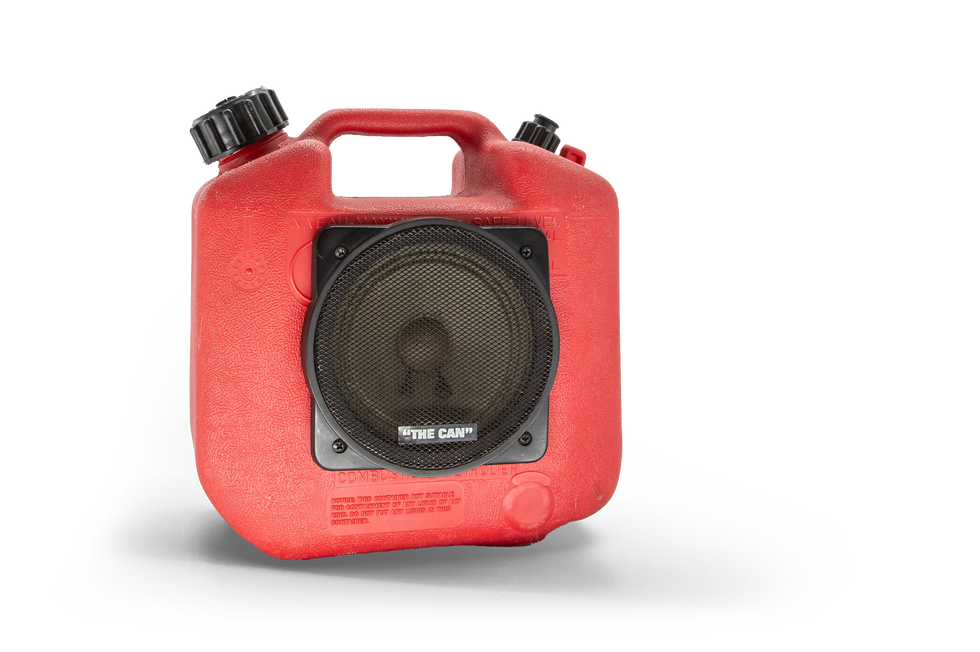As the Foo Fighters’ self-titled debut album marks its monumental 30th anniversary, the narrative behind its creation continues to captivate music enthusiasts worldwide. Following the tragic and abrupt conclusion of Nirvana, Dave Grohl embarked on a profound quest to rekindle his musical endeavors, a journey that would ultimately lay the groundwork for one of modern rock’s most enduring legacies.
Recorded in October 1994 at Robert Lang Studios with producer Barrett Jones, the album possesses a distinctively nostalgic and spontaneous sonic quality. Its crunchy guitars and uptempo beats unmistakably emerge from the grunge movement, yet seamlessly integrate elements of punk and metal, reflecting Grohl’s formative music history and diverse musical influences.
Central to the album’s distinctive sound was an intriguing piece of recording gear that remained shrouded in mystery for years: the elusive ‘Can’ amplifier. Both Grohl and Jones had cryptically alluded to this mythical device, responsible for the gloriously raunchy fuzz tones heard prominently on tracks like ‘Exhausted,’ fueling widespread fan speculation about its true nature and origin.
The enigma was finally demystified in 2021 when producer Barrett Jones, during a YouTube ‘ask me anything’ livestream, unveiled the ‘Can’ amp to the public. Much to the surprise of many, it was literally what it sounded like: a compact, battery-powered practice amp encased within a red plastic Jerry can, a truly unconventional instrument that defied traditional expectations.
Manufactured by SLM Electronics, a division of St. Louis Music, in the mid-1980s, these peculiar vintage amps were initially designed as portable solutions for buskers. The novelty lay in their unique plastic enclosure, fashioned to resemble a gas can, housing a solid-state amplifier and a 5-inch speaker. Approximately 10,000 of these distinct units were produced, adding to their rarity.
The author’s personal quest to acquire one of these rare guitar amplifiers underscores their elusive nature, even for seasoned gear-hounds. Despite extensive searches across common platforms for used musical equipment, these units proved exceptionally difficult to locate. A stroke of luck eventually led to a serendipitous discovery on Facebook Marketplace, securing a coveted ‘Can’ amp.
Objectively, the amp’s sound is often described as ‘terrible,’ akin to a ‘swarm of bees rattling in a plastic jug.’ Yet, its sonic imperfections were precisely what made it indispensable. Upon plugging in and strumming the iconic D minor chord from ‘Exhausted,’ the author immediately recognized the unmistakable sound, affirming that ‘good tone’ in a studio setting is profoundly subjective.
While the early days of Foo Fighters were inevitably overshadowed by Nirvana’s immense legacy, Grohl’s 1995 solo endeavor stands as a truly magical slice of mid-1990s post-grunge. The ‘Can’ amp, in all its crunchy, fizzy, and unconventional glory, remains a testament to the fact that some of music’s most iconic sounds are forged through the most unexpected and innovative means.






Leave a Reply